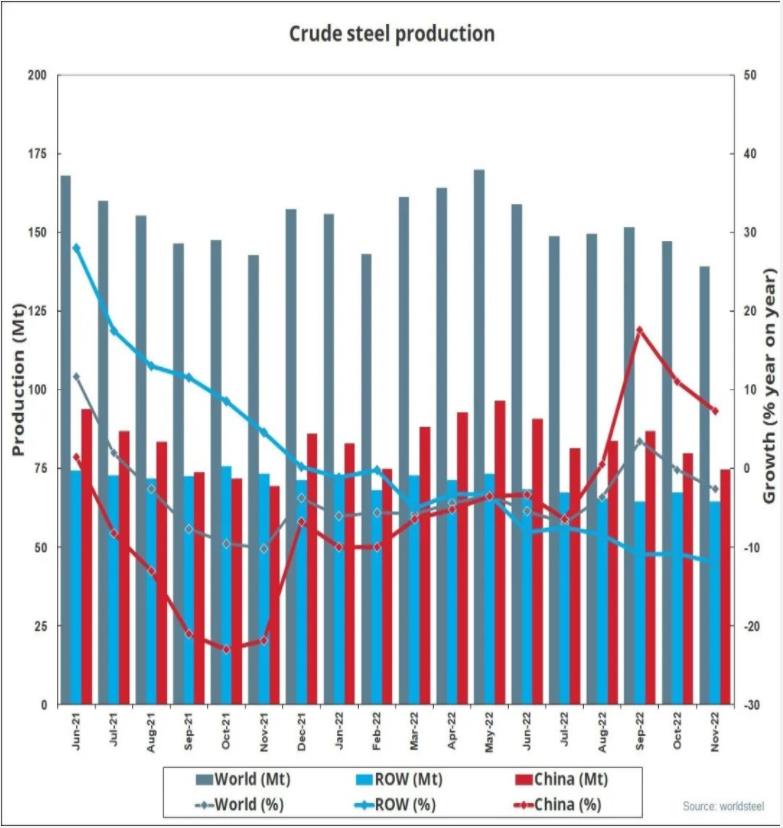custom barbed wire making
The Art and Process of Custom Barbed Wire Making
Barbed wire has evolved from a mere agricultural necessity to a symbol of security and protection in various applications, from fencing farms to securing military installations. Custom barbed wire making has become a specialized craft, accommodating the unique needs of different clients and applications. This process combines innovation, technology, and a deep understanding of materials to produce barbed wire that serves specific purposes effectively.
Understanding Barbed Wire
Barbed wire, essentially, is a type of fencing wire that features sharp edges or points arranged at regular intervals along its length. It was patented in the late 19th century and revolutionized the way properties were enclosed and secured. Today, while the basic design remains the same, the materials and production techniques have advanced significantly. Custom barbed wire can be tailored in terms of wire gauge, barb design, spacing, and tensile strength to meet the requirements of various projects.
The Making Process
The process of making custom barbed wire begins with the selection of raw materials. The quality of the wire is paramount, as it needs to withstand environmental challenges such as rust, tension, and physical stresses. Businesses often opt for galvanized steel due to its excellent resistance to corrosion and durability. In more specialized applications, stainless steel or even vinyl-coated wire may be used for additional protection.
Once the materials are selected, the production process involves several key steps
1. Wire Drawing The initial stage involves drawing the raw steel into wire. This is done using a series of dies that can gradually reduce the diameter of the wire while increasing its length.
2. Twisting and Spooling After drawing the wire, it is twisted into strands. Standard barbed wire is typically composed of two or four twisted strands. This twisting process not only enhances the wire's strength but also ensures that the barbs remain intact during installation and over time.
custom barbed wire making

3. Barb Formation One of the most critical steps in custom barbed wire making is the formation of the barbs. The manufacturing machines create barbs at designated intervals along the wire. These can vary in length, thickness, and shape based on the client's specifications. The design of the barb plays a vital role in its effectiveness as a deterrent.
4. Heat Treatment To increase the tensile strength of the wire, a heat treatment process is often employed. This involves heating the wire to high temperatures and then allowing it to cool, which imparts enhanced durability.
5. Coating To protect against corrosion and wear, barbed wire is often coated. The most common methods include galvanization (applying a layer of zinc) or using vinyl coatings for added aesthetic appeal and UV resistance.
6. Quality Control After production, rigorous quality control measures are taken. This includes testing for tensile strength, checking the consistency of barb spacing, and inspecting the coating for durability. High-quality custom barbed wire should meet industry standards to ensure it performs effectively under various conditions.
Customization Options
The beauty of custom barbed wire making lies in its flexibility and the potential for customization. Customers can specify the wire gauge, the number of barbs, and even their design and height. For instance, agricultural users may require a thicker gauge wire with closely spaced barbs for livestock containment, while industrial applications might demand higher tensile strength and longer barb lengths for enhanced security.
Applications and Innovations
The applications of custom barbed wire are vast. Beyond agricultural use, it is widely employed in security fencing for prisons, military compounds, and private properties. Innovations in design, such as integrating wire with electronic sensors or alarms, are providing enhanced security solutions for sensitive areas.
In conclusion, custom barbed wire making is a blend of art and engineering, dedicated to producing effective and durable fencing solutions tailored to specific needs. As the needs of industries evolve, so too will the methods and technologies employed in the creation of barbed wire, ensuring it remains a vital asset in safeguarding properties and managing risks effectively. Whether you are a farmer, a security manager, or a homeowner, understanding the intricacies of custom barbed wire can help you make informed decisions that protect your interests.
-
The Durability and Versatility of Steel Wire
NewsJun.26,2025
-
The Best Iron Nails for Your Construction Projects
NewsJun.26,2025
-
Strengthen Your Projects with Durable Metal Stakes
NewsJun.26,2025
-
Get the Job Done Right with Duplex Nails
NewsJun.26,2025
-
Explore the Versatility and Strength of Metal Mesh
NewsJun.26,2025
-
Enhance Your Security with Razor Wire
NewsJun.26,2025














